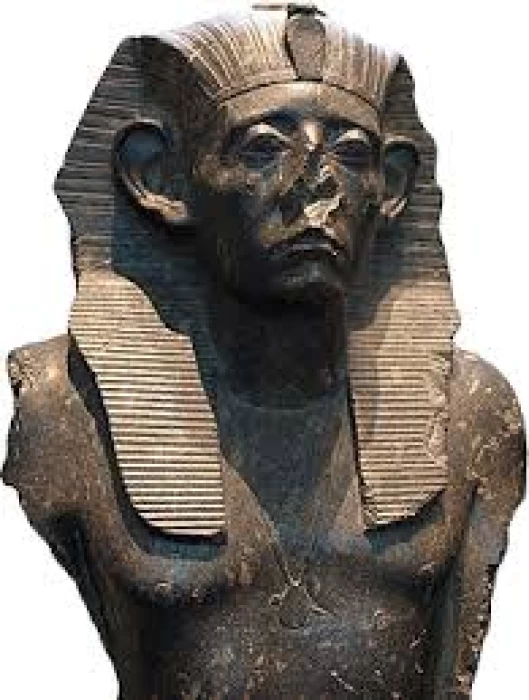
The Twelfth Dynasty of the History of Ancient Egypt
Information about the History of the Twelfth Dynasty in Ancient Egypt
The circumstances in which the XIIth dynasty came to power are not known with any certainty. What is known is that Amenemhat I was not related by blood or marriage to his predecessors of the 11th dynasty. His father was a Theban priest named Senousret and his mother's name was Nefret (or Nofret) and, according to Neferty's prophecy, she came from Elephantine.
This dynasty marked a return to a period of prosperity and equilibrium. Its kings governed the country with firmness, and succeeded in maintaining the balance of power between central and local authorities to their own advantage. This was to make them a great dynasty, comparable in power to those of the Old Kingdom. It reached its apogee with the reigns of Sesostris III and Amenemhat III. Military campaigns and overseas mining expeditions strengthened Egypt's hold on the world.
This dynasty originated in Thebes. Passing the throne went smoothly, as the kings used co-regency to facilitate succession to the throne. Except at the end of the dynasty, when Amenemhat IV had no heir, and Queen Sobekneferure took power, dividing the country. Before taking power, the kings were all administrators, builders and brilliant warriors, giving them a wealth of experience when they took office.
In terms of religion, with the 12th Dynasty, a local god, Amun, of obscure origin, became the most important god in the Egyptian pantheon. It's worth pointing out that his rapid popularity was originally closely linked to Amenemhat I, whose name means “Amont is forward”, who showed him special allegiance. Even when he moved the country's political center from Thebes to his new capital Licht, in the Fayoum oasis, Thebes remained an important religious center.
According to Manetho, the XIIth Dynasty comprises 7 Kings of Thebes, who reigned for a total of 160 years, in the version of Sextus Julius Africanus, and 245 years in the version of Eusebius of Caesarea. Curiously, this does not include the dynasty's founder, Amenemhat I, who is added to the succession of Kings of Dynasty XI. In the Turin Papyrus, the dynasty begins with Amenemhat I and consists of 8 kings who reigned for a total of 213 years, 1 month and 17 days. All the kings listed in the Turin royal list are also attested by contemporary sources and monuments.














